
In the article
20 Bed Bug Facts For Your Quick Reference
1. Scientific Name: The common bed bug is scientifically known as Cimex lectularius. This species primarily affects humans and is found worldwide. Another species, Cimex hemipterus, is more common in tropical regions.
2. Ancient Pests: Bed bugs have been a nuisance for humans for thousands of years. Archaeological findings suggest their presence as far back as ancient Egypt, indicating that these pests have been a persistent problem throughout human history.
3. Nocturnal Feeders: Bed bugs are primarily active at night when they emerge from their hiding spots to feed on the blood of sleeping humans and animals. Their nocturnal nature makes them difficult to detect during the day.
4. Attracted to CO2: Bed bugs are attracted to the carbon dioxide exhaled by humans and animals, as well as body heat and certain chemicals in our sweat. These cues help them locate their hosts in the dark.
5. Size: Adult bed bugs are about the size of an apple seed, roughly 5-7 mm (0.2-0.3 inches) in length. Nymphs (juveniles) are smaller and lighter in colour, making them harder to spot.
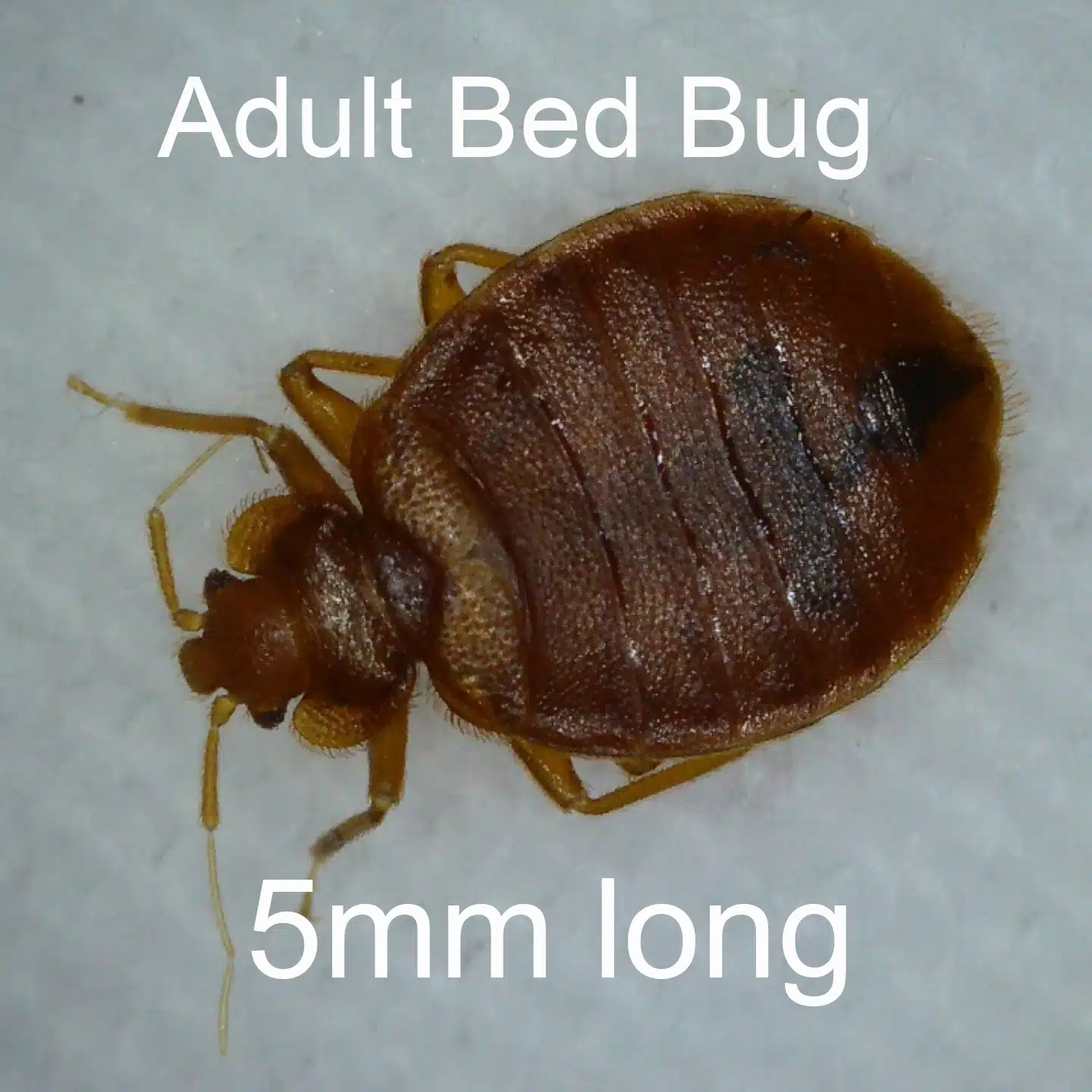
6. Flat Bodies: Bed bugs have flat, oval-shaped bodies that allow them to squeeze into tiny cracks and crevices. This body shape helps them hide in small spaces, such as mattress seams, behind baseboards, and inside electrical outlets.
7. Lifecycle: Bed bugs undergo incomplete metamorphosis, progressing through five nymphal stages before reaching adulthood. They molt after each stage, requiring a blood meal to complete each molt. The entire lifecycle, from egg to adult, takes about 5-8 weeks under optimal conditions.
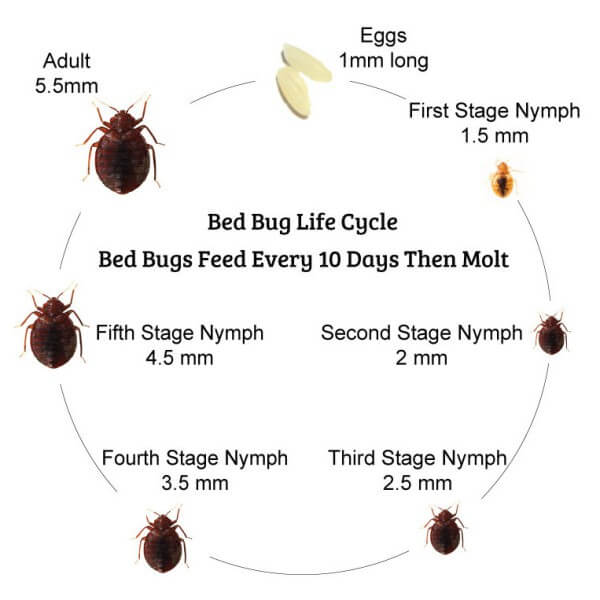
Bed Bug Life Cycle
8. Feeding Duration: When bed bugs feed, they pierce the skin with their beak-like mouthparts and inject saliva that contains anticoagulants and anesthetics. A single feeding session typically lasts between 3 to 10 minutes, after which they retreat to their hiding spots to digest the meal.
9. Lifespan: Bed bugs can live for about 6-12 months, depending on environmental conditions and availability of food. In cooler temperatures and with limited food, they can enter a state of dormancy and extend their lifespan.
10. Reproduction: Female bed bugs can lay between 200-500 eggs over their lifetime. The eggs are laid in hidden locations and hatch in about 6-10 days. The high reproductive rate contributes to the rapid spread of infestations.
11. Egg Size: Bed bug eggs are tiny, about 1 mm (0.04 inches) in size, making them difficult to detect without magnification. The eggs are whitish and sticky, adhering to surfaces in hidden areas.
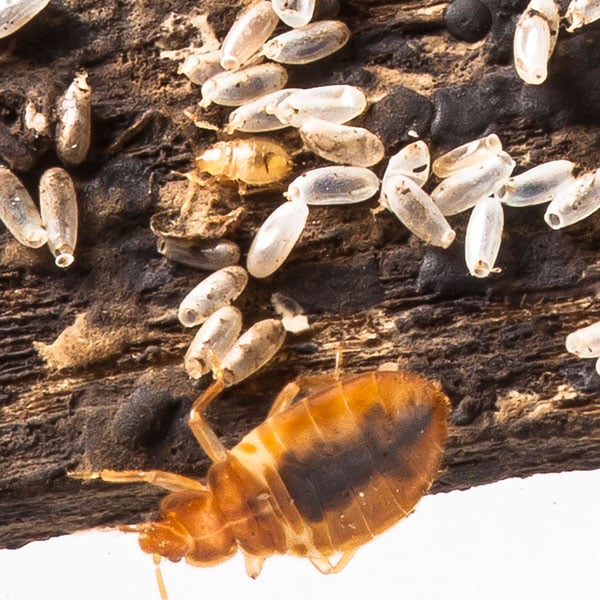
Bed Bug Eggs
12. Hitchhikers: Bed bugs spread by hitching rides on luggage, clothing, and furniture. They are often introduced into homes after traveling or acquiring second-hand furniture. Once inside, they quickly establish themselves in new environments.
13. Survival Without Food: Bed bugs can survive for several months without feeding, especially in cooler temperatures. This ability allows them to persist in vacant homes or during periods when their human hosts are away.
14. Detection: Infestations are often detected by small, rusty spots of blood on bed linens and mattresses, which are the result of bed bugs being crushed after feeding. Other signs include shed exoskeletons, fecal spots, and a sweet, musty odour.
8 images of signs and symptoms of a bed bug infestation. The images include adults, nymphs, eggs, exoskeletons (skins), bites, blood stains, fecal stains, and the life cycle. Find out where they live and what to look out for.
Click on the image to enlarge
15. Health Risks: While bed bugs are not known to transmit diseases, their bites can cause intense itching, allergic reactions, and secondary infections from scratching. The psychological impact of infestations can also be significant, leading to anxiety and insomnia.
16. Resilience: Bed bugs are highly resilient and can survive a wide range of temperatures. They are also adept at avoiding detection and can quickly develop resistance to common pesticides, making them challenging to eradicate.
17. Heat Treatment: Bed bugs die at temperatures above 45°C (113°F). Professional heat treatments involve raising the temperature of an infested area to lethal levels to kill bed bugs and their eggs without the use of chemicals.
18. Chemical Resistance: DE (Bed Bug Powder) Many bed bugs have developed resistance to common pesticides, including pyrethroids. This resistance has made chemical treatments less effective and has necessitated the development of new control methods.
19. Hidden Locations: Bed bugs commonly hide in mattress seams, bed frames, headboards, baseboards, behind wallpaper, and inside electrical outlets. Their ability to hide in small and inconspicuous places makes them difficult to locate and treat.
20. Behavioral Patterns: Bed bugs tend to aggregate and are often found in groups, especially near their feeding sites. These aggregations help them survive by providing protection and enhancing their ability to reproduce.
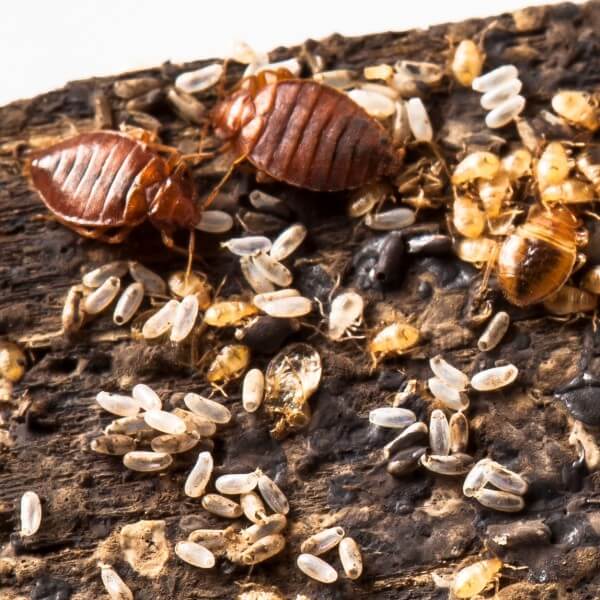
These bed bug facts provide a comprehensive overview of bed bugs, their behavior, and the challenges they pose in terms of detection and control.
If you would like to know more bed bug facts then check out our bed bug product page
Are You Looking for an Organic DIY Treatment?
Watch Our DIY Treatment Video For An Ensemble Bed
Watch Our DIY Treatment Video For A Bed with Slats
Frequently Asked Questions:
- What surfaces do bed bugs avoid?
Bed bugs tend to avoid smooth, slick surfaces as they find it difficult to climb and grip them. This includes materials like metal, plastic, and certain polished or varnished surfaces. They prefer to hide in fabric, wood, and paper where they can easily find small crevices to conceal themselves. - Do bed bugs stay on your skin after a shower?
No, bed bugs do not stay on your skin after a shower. Bed bugs feed on blood but do not cling to the skin like lice or ticks. After feeding, they retreat to their hiding spots in furniture, bedding, or cracks and crevices around the room - What are some interesting bed bug facts?
Bed bugs are attracted to dark red and black colours and avoid colours like yellow and green. Bed bugs can alter their feeding behaviour in response to stress, such as when exposed to pesticides. They can tolerate high levels of inbreeding, which helps them quickly build large populations from a few individuals.
Sources:
Department of Health WA , Oxford Academic (Perspectives on Biology and Management), National Library of Medicine (Clinical Relevance and Control Options)


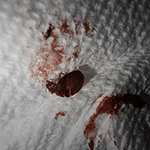
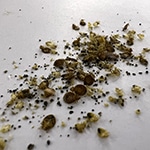
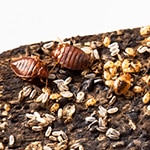
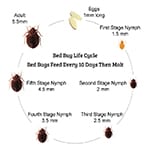
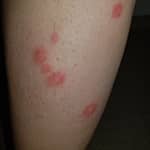
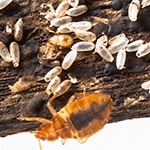



Leave a Reply